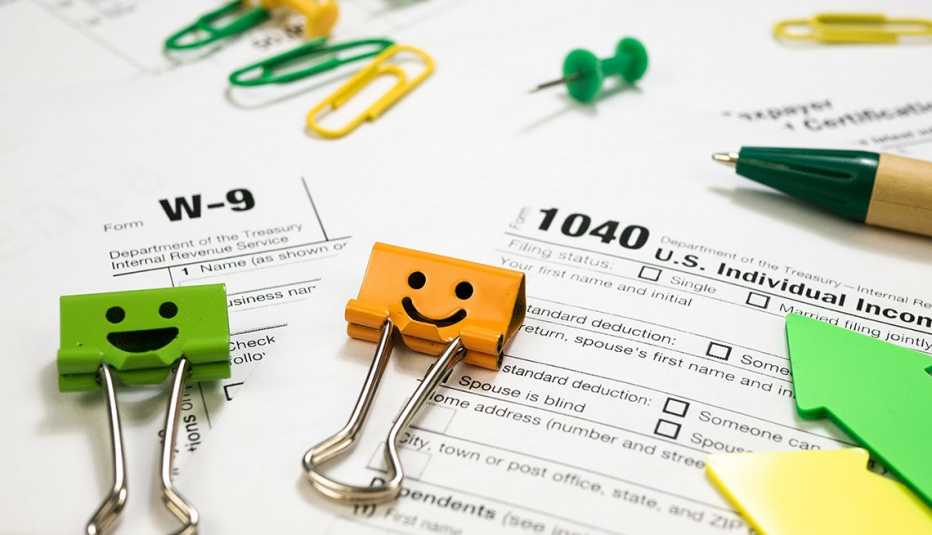Staying Fit
Holiday debt causing you stress? You’re not alone. Millions of people turned to credit cards to pay for gift giving and holiday revelry late last year. Now they’re staring at balances that have ballooned when interest rates are rising.
The average credit card interest rate stands at 22.91 percent, according to LendingTree. That could increase more if the Federal Reserve raises interest rates this year. At the same time, inflation, though coming down, remains high at 6.5 percent.


AARP Membership— $12 for your first year when you sign up for Automatic Renewal
Get instant access to members-only products and hundreds of discounts, a free second membership, and a subscription to AARP the Magazine.
In this environment, speed is of the essence. Getting your credit card balances down will save you the most money. But before you do that, you must face your debts. “The natural reflex is to hide from things you are scared of,” says Meredith Stoddard, life events experience lead at Fidelity Investments. “You can’t change what you can’t see.” List what debt you have on each credit card and at what interest rate. After that, you can create a strategy to get rid of your debt as quickly as possible.
There’s no one-size-fits-all solution to paying off holiday debt. What works for one person may not be realistic for another. Whether you are cash-strapped or can afford to pay off your holiday debt, here’s how to get it done.
If you have a low credit score, do this
If your credit score falls under 669 and you’re having a tough time affording your new debt, your options are a bit limited. You might not qualify for a consolidation loan. If you can, such a loan could give you one payment, which makes it easier to manage your debt if you have several accounts to pay. There are fees involved. Do the math to make sure it’s worthwhile.
You may find success with a collateralized loan, or one backed by an asset such as a home. “The risk to the lender is reduced because there is collateral attached to the loan,” says Bruce McClary, a spokesperson for the National Foundation for Credit Counseling. “Because there’s reduced risk, it might have a lower interest rate versus what you are paying with unsecured debt.”
A home equity line of credit (HELOC) is a popular type of collateralized loan, but other assets such as a car or an investment account can sometimes be used. Keep in mind that if you default on the loan, the lender can take the asset.
If you don’t have access to collateralized debt, try to pay more than the minimum payment due and throw money at it as it comes your way. It’s best to tackle the highest-interest-rate card first, but some people prefer to pay off the smallest balance first. Whatever keeps you on the right track works best, Stoddard says.






































































